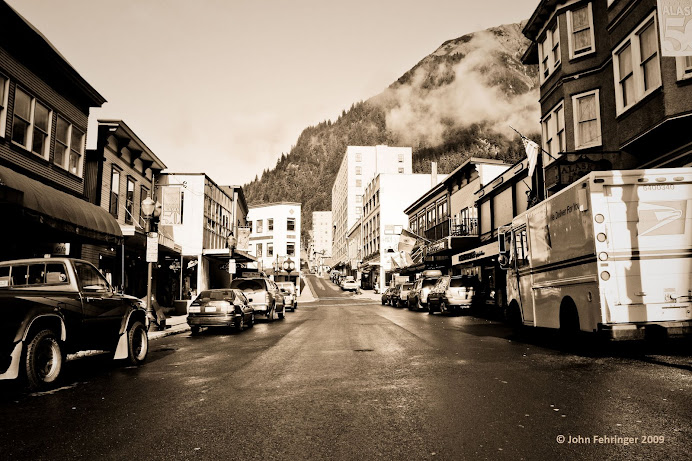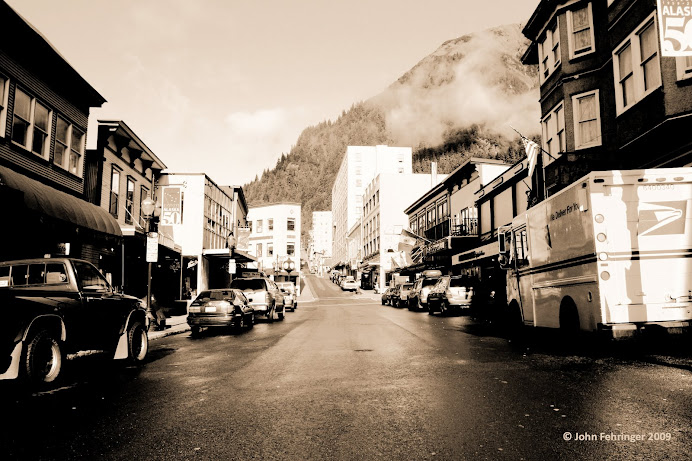Project 3: Selection Mania
I used the rectangular marquee tool to make four large rectangles while holding the shift key. Then I removed parts of them with the single row marquee tool while holding the alt key to form the squares and to make the shapes more even. I made the triangles with the polygonal lasso tool. This took me a few tries but I got it eventually.
For the circle in the center the biggest help was the ‘spacebar’ trick he taught us in the book, which lets you pause and move the selection. I was having a hard time centering it before I learned that.
Project 3: Dance1
This was a good introduction to doing selections and many other Photoshop tools.
To make my selections for this project I ended up zooming in and using the magnetic lasso tool. Of all the selection tools I tried from the book, this was the one I could get the most accuracy with. I tried the quick selection tool first, but it always ended up leaving out small sections of the face. I tried adjusting the brush diameter and hardness to correct this like we learned with the giraffe from the textbook but didn’t have much luck.
To resize the head I went to Edit – Free Transform. One of the cool things I discovered here was, since these were profile shots, I could change which way the head was facing to match the target picture. The photo I used for the selection was actually taken with me facing the opposite direction
Then Image --> Adjustments --> Black & White. I then used Brightness/Contrast to match my head more closely to the source photo. Mostly I upped the brightness.
Our heads were shaped differently so there were parts of the old head sticking out. I used the clone stamp tool to get rid of those. At first I couldn’t figure out how to use the clone stamp tool so I opened the picture in Camera Raw and used the heal tool which worked OK. But once I figured it out the clone stamp tool worked the best.
To get my neck to appear as if it was inside the collar and bowtie I created another layer from a selection of the bowtie.
One problem I had was a slight halo of white around my head which appeared when I changed the Brightness and contrast settings. I tried to adjust the Blending option to correct this but got a little lost. Everything seemed too drastic a change. This is something I need to work on more but overall I’m happy with the results.
Project 3: Dance2
For this one I used the same techniques detailed in dance1 with one big difference. The white shutters behind the dancers were problematic. The clone stamp solution from the previous picture wasn’t going to work for this one. So I zoomed in around the head and used the rectangular marquee tool to make selections of the shutters which I copy/pasted over the head. When I got too many layers I flattened the image and repeated the process. This took some practice and at first I got confused with the different layers but I figured it out eventually.
I then used the magnetic lasso to select the head in different photo of myself. I used refine edge and adjusted the contrast to 20 and Feather to 1.0. Refine edge is a step I missed on the Dance1 photo. I realize now it could have removed the small white halo. At that point though I had already flattened the dance1 image and was happy with how it looked, but it’s something to remember for next time. I also used Edit --> Transform --> Rotate to angle my head so that I was better facing the other dancer. I selected and created a separate layer for the collar/necktie and positioned it. Brightness/contrast to match the source picture, flattened it and I was done. I think it came out better than the first one but I’m happy with both of them.
Conclusion
The selection mania was a good way to start to get familiar with the selection tools. Both of the dancer projects got me a lot more familiar with Photoshop. I was experimenting and looking through all the lists to find tools that would work.
I also learned that there is a hierarchy to the layers palette that determines which layers appear in front of, or on top of each other. This seems fairly obvious now that I know it but took me some time to figure out.
The 'Drawing Precise Curves' section of the book lost me about halfway through. I've been over it twice now and can't get it to do what it's suppose to. I get the path drawn around the pelican's beak (after about 4 trys), but when when it gets to the copying paths between layers part, I can't get that to work.












.jpg)




No comments:
Post a Comment